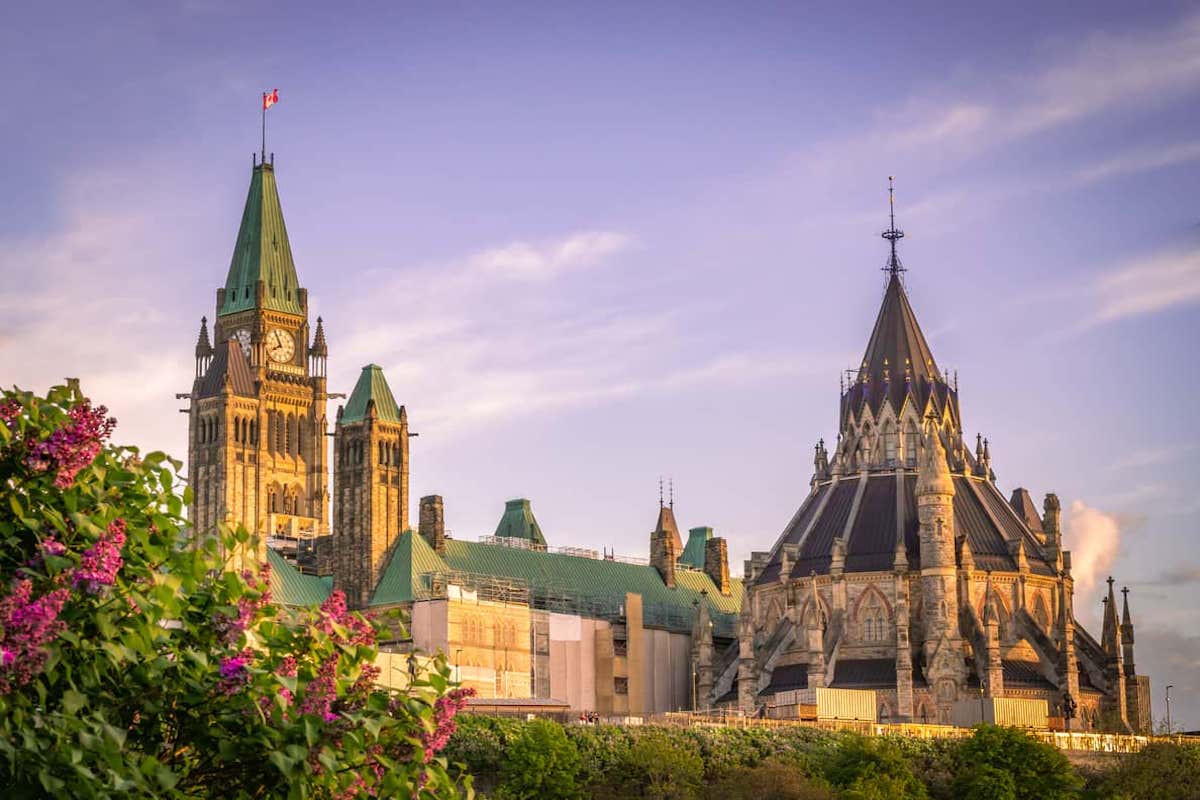Immigration minister signals big changes to permanent resident numbers in upcoming Levels Plan

Top Stories Tamfitronics

Published: August 28, 2024
In an interview with CTV News on August 26, Minister of Immigration, Refugees and Citizenship Marc Miller announced that he was considering changes to permanent immigration levels to Canada.
Specifically, Miller stated that he was “looking at a number of options” to address permanent immigration into the country and that any upcoming changes to immigration levels would be “significant” and not simply “cosmetic”. When asked to elaborate on what “significant” changes could entail, the Minister responded that “all options are on the table”.
Minister Miller said that in the upcoming Immigration Levels Plan, there will be “considerations about whether we reduce what type of immigration we are supporting,” citing that 60% of immigration levels are dedicated to economic immigrants, a level the Minister believes is “unprecedented” with comparable countries to Canada.
However, he also noted that when looking at upcoming levels it was important not to “overcorrect”. He said that throughout the COVID-19 pandemic, immigration was a key factor in helping Canada avoid a recession and that future actions will be taken in a “thoughtful fashion.”
The Immigration Levels Plan is a document that the federal immigration department publishes every year, detailing the number of new permanent residents that Canada hopes to welcome. The plan is updated yearly and sets targets for the coming year and two years into the future. IRCC uses this plan to guide its operations.
Discover if You Are Eligible for Canadian Immigration
Top Stories Tamfitronics A year of change
Immigration Minister Miller’s comments come as public support for immigration in Canada has dropped. Multiple polls in the last year have shown that support for immigration dropped in 2023, with the main influencing factors being increased pressure on housing stock and general affordability.
To address these concerns, Immigration Refugees and Citizenship Canada (IRCC) has already taken actions to reduce the number of temporary residents (those on a work/study permit, or a visitor visa/electronic Travel Authorization (eTA)) to Canada, including the historic addition of temporary resident levels to the upcoming Immigration Levels Plan*.
In support of this goal, the immigration department has already (among other policies):
- Implemented a cap on study permits for international students;
- Declared their intention to hold more “domestic” permanent residence draws; and
- Limited the number of low-wage temporary foreign workers in census metropolitan areas with an unemployment rate above 6%.
In his CTV interview, the Minister also elaborated on measures already taken by the immigration department: “I still have adjustments to make in the International Student Program….[as] part of a total package that we are continuing to deploy” Miller said. The Minister went on to say that “some of the measures…” the immigration department is considering will be announced, “in the fall”.
These sentiments were echoed by recent statements from Prime Minister Justin Trudeau: “We’re looking at various streams to make sure that…. Canada remains a place that is positive in its support for immigration, but also responsible in the way we integrate and make sure there’s pathways to success for everyone….”
Furthermore, as of last year, IRCC froze immigration levels of permanent residents to 2025 targets—maintaining the same levels through to 2026. Immigration levels for 2025 and 2026 are nominal targets, which may be adjusted to reflect Canada’s immigration needs. They are currently set at 500,000 for both years.
Top Stories Tamfitronics The need for immigration
While immigration has become a leading issue for Canadians in 2024, it also impacts many aspects of Canadian society. For example, close to 100% of labor market growth in Canada is due to immigration. The need for immigrant workers becomes further relevant when considering Canada’s aging population, and the large number of retirement-age workers who will leave the labour force in coming years.
Furthermore, when taking into account Canada’s socially subsidized healthcare, pension, education, and housing systems, a reduction in population growth could also lead to negative downstream effects for these systems.
Discover if You Are Eligible for Canadian Immigration
Share your voice
Did you find this article helpful?
Thank you for your feedback.
Did you find this article helpful?
Please provide a response
Thank you for your helpful feedback
Please contact us if you would like to share additional feedback, have a question, or would like Canadian immigration assistance.
- Do you need Canadian immigration assistance? Contact the Contact Cohen Immigration Law firm by completing our form
- Send us your feedback or your non-legal assistance questions by emailing us at [email protected]
Join our free newsletter. Get Canada’s top immigration stories delivered to your inbox.
Discover more from Tamfis Nigeria Lmited
Subscribe to get the latest posts sent to your email.



 Hot Deals
Hot Deals Shopfinish
Shopfinish Shop
Shop Appliances
Appliances Babies & Kids
Babies & Kids Best Selling
Best Selling Books
Books Consumer Electronics
Consumer Electronics Furniture
Furniture Home & Kitchen
Home & Kitchen Jewelry
Jewelry Luxury & Beauty
Luxury & Beauty Shoes
Shoes Training & Certifications
Training & Certifications Wears & Clothings
Wears & Clothings
















